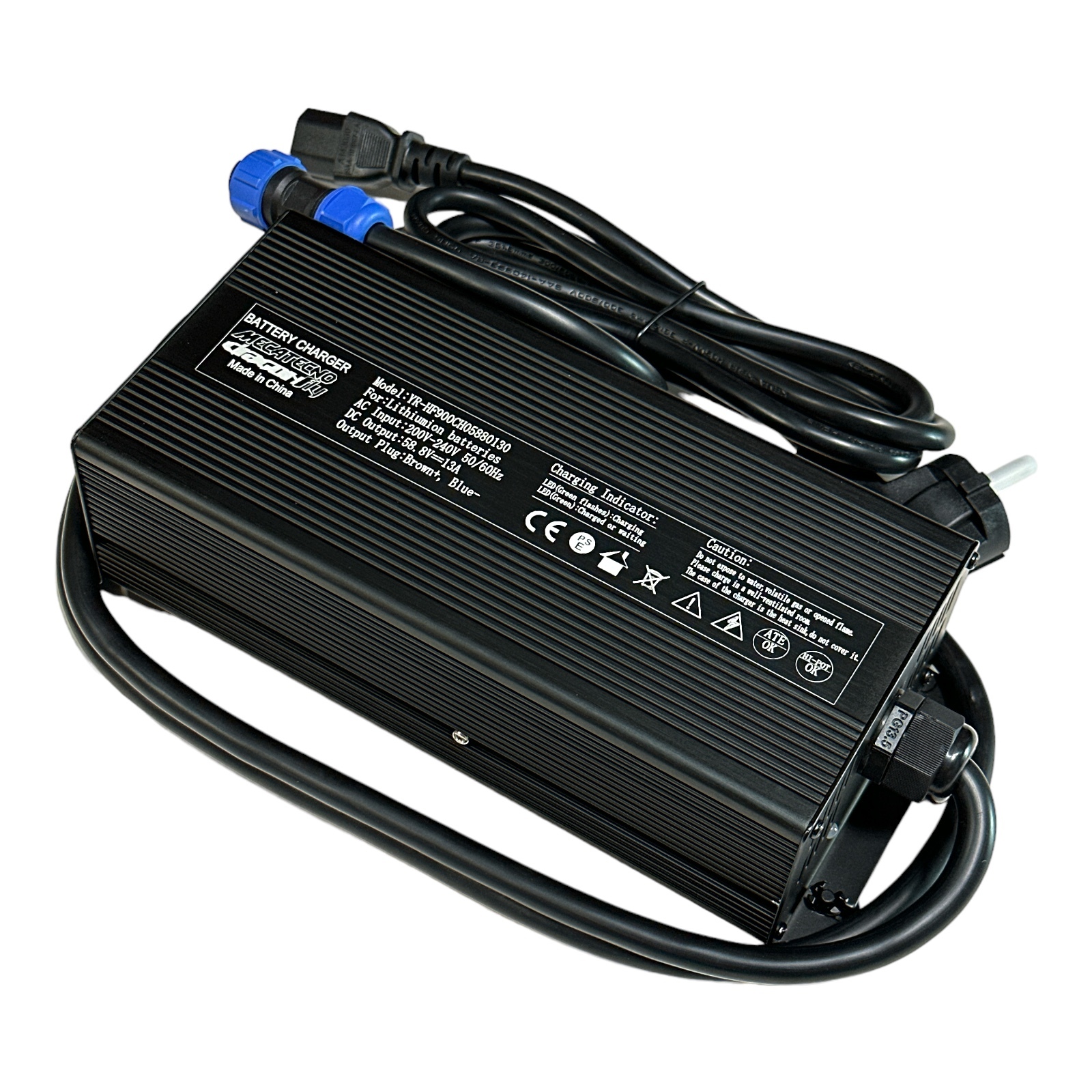Just got an email from the dealer.
More or less, from 80% to 100% takes the same than from 0% to 80%, because the last part of the charge the BMS is laveling the charge of all the battery cells to the same level. Good thing is that it doesn’t recquire as much power as the first part, so the difference isn’t too big. Here we charge the batteries to 100% in around 2.5h, so yes, a 120V charging takes roughly twice the time of a 230V charging system. Maybe is more accurate to tell 4 plus hours but in my experience customers often ask for the charging time but then normally they don’t run out of battery every ride or they don’t have more energy for a second discharge, and the customers that are really interested in this aspect, at the end they buy a second battery.
By the way, another important information about the chargers is that they can be used from 110v to 240v, so they can be used with all tensions, and if the power generators are powerful as the european grid tension, the batteries will recharge faste
r.






















